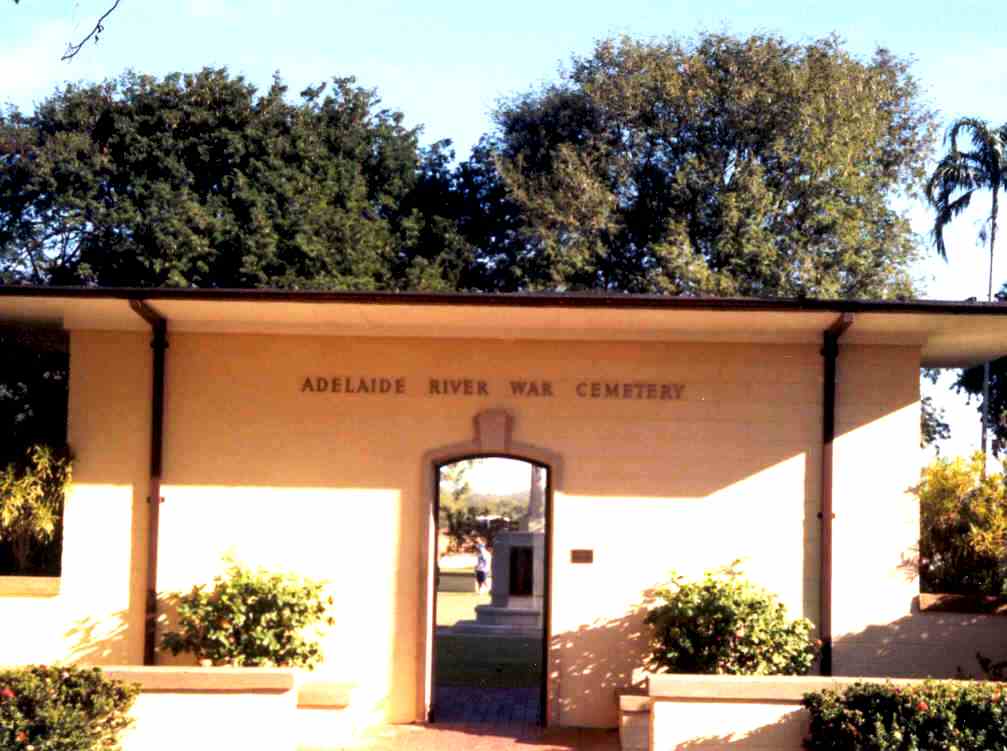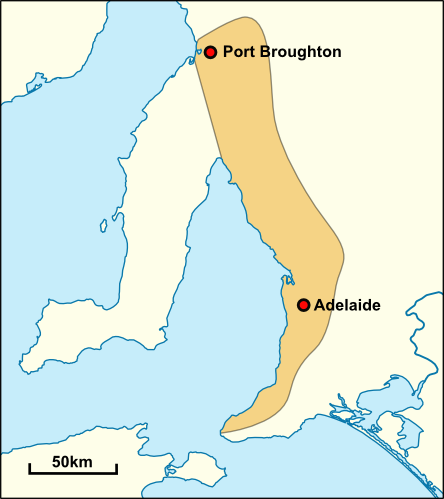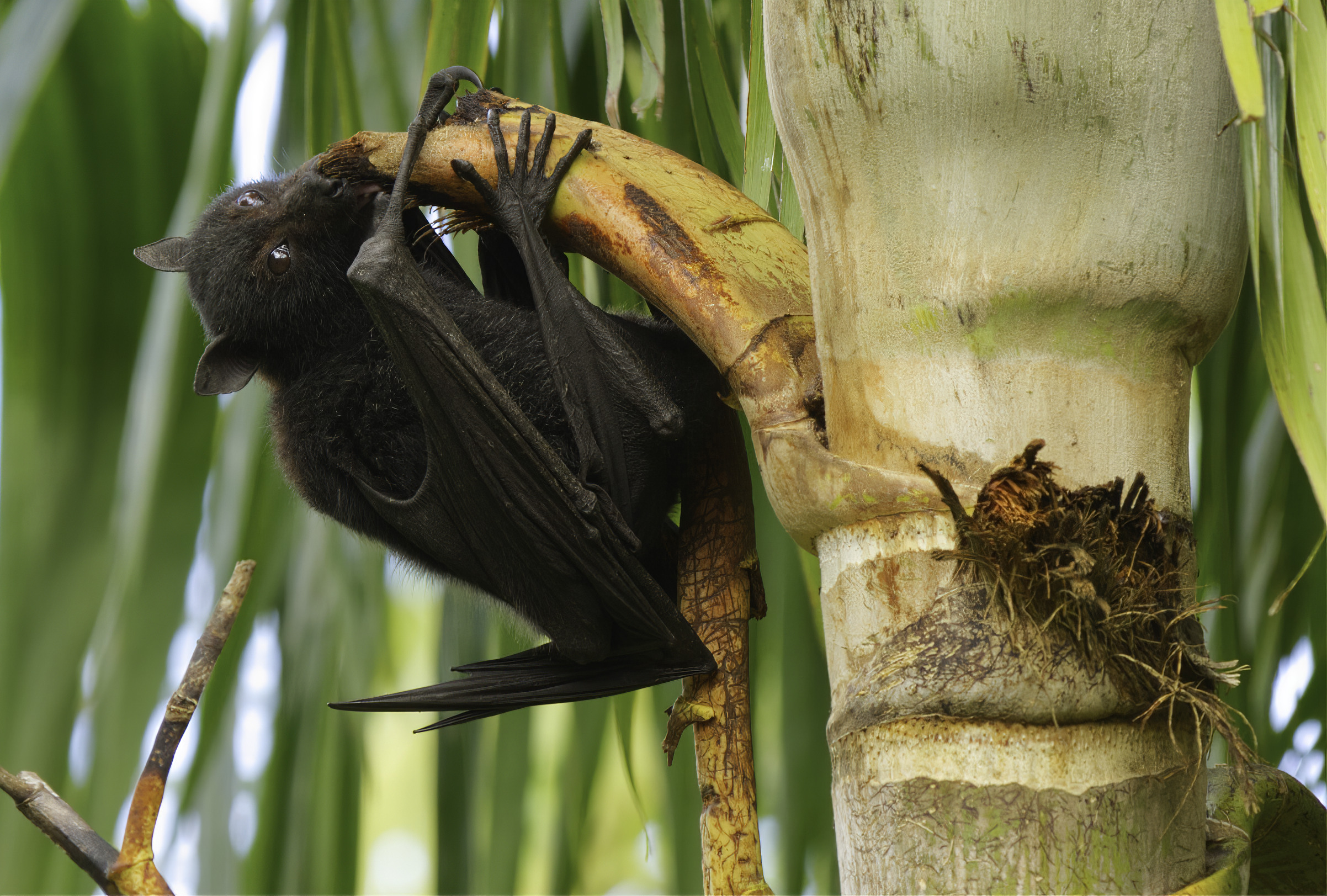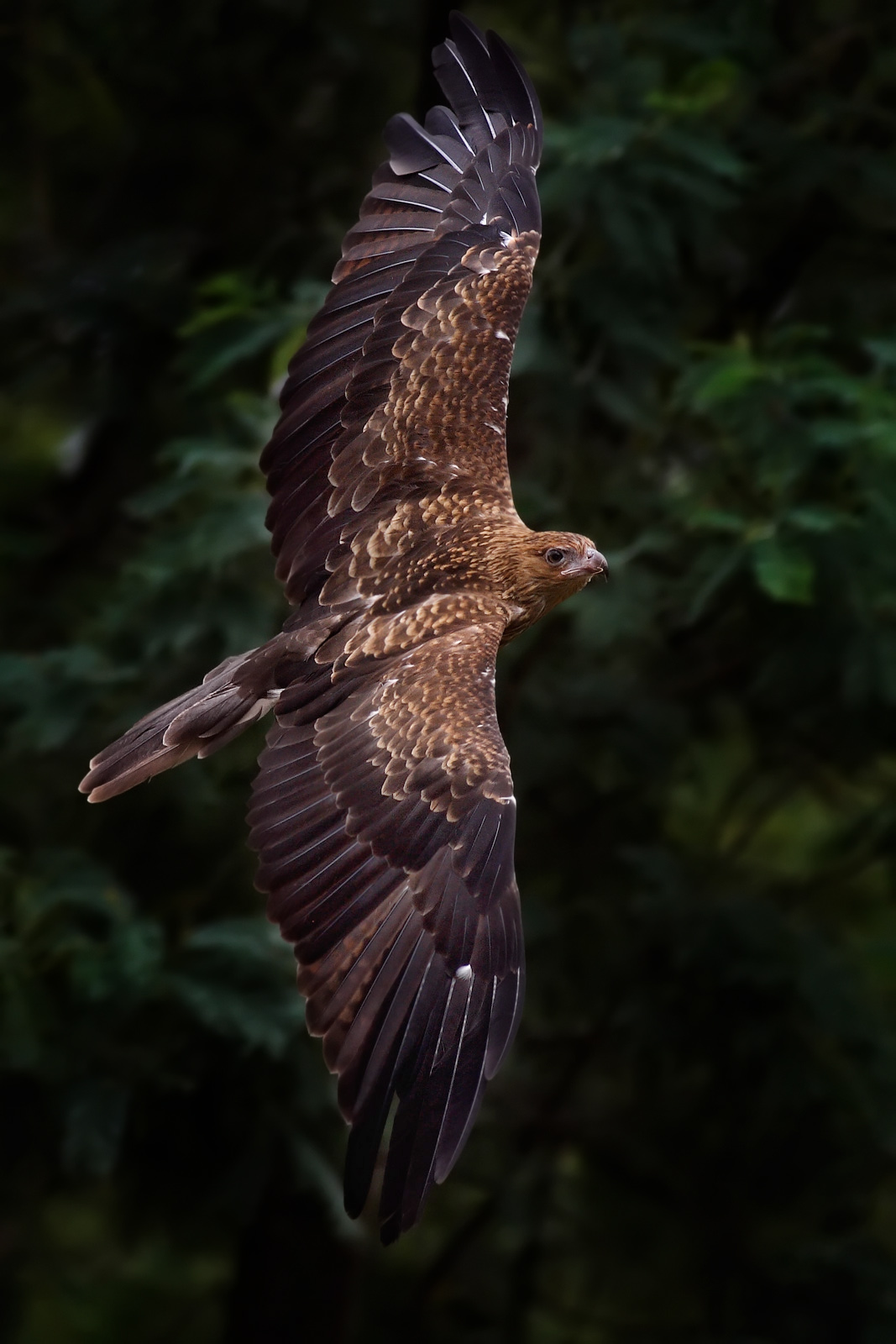|
Adelaide River
The Adelaide River is a river in the Northern Territory of Australia. Course and features The river rises in the Litchfield National Park and flows generally northwards to Clarence Strait, joined by eight tributaries including the west branch of the Adelaide River, Coomalie Creek, Margaret River and Marrakai Creek, before discharging into its mouth in Adam Bay in the Clarence Strait. The river descends over its course. The catchment area of the river is . The Adelaide River is crossed by both the Stuart Highway, adjacent to the township of Adelaide River, and the Arnhem Highway near Humpty Doo. The Adelaide River is well known for its high concentration of saltwater crocodiles, along with other wildlife including white-bellied sea eagles, whistling kites, freshwater crocodiles, bull sharks and black flying-fox. Its lower reaches form part of the Adelaide and Mary River Floodplains Important Bird Area. Waters of this river are also home to endangered speartooth sha ... [...More Info...] [...Related Items...] OR: [Wikipedia] [Google] [Baidu] |
Adelaide River, Northern Territory
Adelaide River is a small but historically significant town located at the crossing of the Stuart Highway over the Adelaide River in the Northern Territory of Australia. The town is upstream of the Adelaide and Mary River Floodplains Important Bird Area. , Adelaide River had a population of 317. Adelaide River is part of the Coomalie Shire and is the second largest settlement (after Batchelor, Northern Territory, Batchelor) in the local government area. History Pre-European settlement The Kungarakany language, Kungarrakan and Awarai Aboriginal Australians, Aboriginal peoples are acknowledged as the traditional owners of the land surrounding the present day town of Adelaide River. There was little acknowledgement of their connection to the land in the early history of the area, evidenced by the predominantly European place names. Their way of life remained unchanged for many thousands of years prior to settlement. Settlement and railway Adelaide River was first settled by worker ... [...More Info...] [...Related Items...] OR: [Wikipedia] [Google] [Baidu] |
Adelaide Of Saxe-Meiningen
Adelaide of Saxe-Meiningen (Adelaide Amelia Louise Theresa Caroline; 13 August 1792 – 2 December 1849) was Queen of the United Kingdom of Great Britain and Ireland and Queen of Hanover from 26 June 1830 to 20 June 1837 as the wife of King William IV. Adelaide was the daughter of George I, Duke of Saxe-Meiningen, and Luise Eleonore of Hohenlohe-Langenburg. Adelaide, the capital city of South Australia, is named after her. Early life Adelaide was born on 13 August 1792 at Meiningen, Thuringia, Germany, the eldest child of Georg I, Duke of Saxe-Meiningen, and Luise Eleonore, daughter of Christian Albrecht, Prince of Hohenlohe-Langenburg. She was baptised at the castle chapel on 19 August and was titled ''Princess Adelaide of Saxe-Meiningen, Duchess in Saxony'' with the style ''Serene Highness''. Her godparents numbered 21, including her mother, the Holy Roman Empress, the Queen of Naples and Sicily, the Crown Princess of Saxony, the Duchess of Saxe-Gotha-Altenburg, ... [...More Info...] [...Related Items...] OR: [Wikipedia] [Google] [Baidu] |
Stuart Highway
Stuart Highway is a major Australian highway. It runs from Darwin, Northern Territory, Darwin, in the Northern Territory, via Tennant Creek and Alice Springs, to Port Augusta in South Australia; it has a distance of . Its northern and southern extremities are segments of Australia's Highway 1 (Australia), Highway 1. The principal north–south route through the central interior of mainland Australia, the highway is often referred to simply as "The Track". The highway is named after Scottish explorer John McDouall Stuart, who was the first European to cross Australia from south to north. The highway approximates the route Stuart took. Route description Overview Stuart Highway runs from Darwin, Northern Territory, in the north, via Tennant Creek and Alice Springs, to Port Augusta, South Australia, in the south – a distance of . The Royal Flying Doctor Service of Australia, Royal Flying Doctor Service uses the highway as an emergency landing strip and sections of the highway ... [...More Info...] [...Related Items...] OR: [Wikipedia] [Google] [Baidu] |
Kungarakan
The Kungarakany people, also spelt Koongurrukuñ, Kungarrakany, Kungarakan and other variants, are an Aboriginal Australian people of the Northern Territory. They were called the "Paperbark People" by European settlers. Country Norman Tindale estimated their tribal lands covered approximately . They included the inland area north-east of Mount Litchfield, around the mid-waters of the Reynolds River and the headwaters of the Adelaide River. Their north-eastern limits were close to Rum Jungle and Batchelor. Kungarakan traditional land encompasses Adelaide River, Batchelor, Rum Jungle, Finniss River, Litchfield Park, and Berry Springs, including the Territory Wildlife Park. Language Alternative names They were known to European settlers as the "Paperbark People". Alternative names and spellings include: * ''Gunerakan'' * ''Kangarraga'' * ''Kangarranga'' * ''Warnunger'' * ''Ungnakan'' Notable people * Alngindabu, Aboriginal elder * Joe McGinness, Aboriginal rights activis ... [...More Info...] [...Related Items...] OR: [Wikipedia] [Google] [Baidu] |
Warray
The Awarai (Warray) are an indigenous Australian people of the Northern Territory. Language The Norwegian explorer Knut Dahl wrote down a short list of vocabulary of the Awarai language. Country The Awarai tribal lands took in some of territory, between Mount Shoebridge and the Central Tableland. Their northern boundary was 46 miles south of Darwin, on the Darwin River near the Adelaide–Darwin railway line and 10 miles north of Rum Jungle. The southern limits were at Brocks Creek, where their border met that of the Awinmul. Social organization The Warai had arrangements to supply the Wogait with women for marriage. People According to Norman Tindale Norman Barnett Tindale AO (12 October 1900 – 19 November 1993) was an Australian anthropologist, archaeologist, entomologist and ethnologist. He is best remembered for his work mapping the various tribal groupings of Aboriginal Australians ..., they stood in fear of the Agigondin horde of the Wulwulam, ... [...More Info...] [...Related Items...] OR: [Wikipedia] [Google] [Baidu] |
Indigenous Australians
Indigenous Australians are people with familial heritage from, or recognised membership of, the various ethnic groups living within the territory of contemporary Australia prior to History of Australia (1788–1850), British colonisation. They consist of two distinct groups, which include many ethnic groups: the Aboriginal Australians of the mainland and many islands, including Aboriginal Tasmanians, Tasmania, and the Torres Strait Islanders of the seas between Queensland and Papua New Guinea, located in Melanesia. 812,728 people Aboriginality, self-identified as being of Aboriginal and/or Torres Strait Islander origin in the 2021 Australian Census, representing 3.2% of the total population of Australia. Of these Indigenous Australians, 91.4% identified as Aboriginal, 4.2% identified as Torres Strait Islander, and 4.4% identified with both groups. The term Aboriginal and Torres Strait Islander peoples or the person's specific cultural group, is often preferred, though the term ... [...More Info...] [...Related Items...] OR: [Wikipedia] [Google] [Baidu] |
Siamese Fighting Fish
The Siamese fighting fish (''Betta splendens''), commonly known as the betta, is a freshwater fish native to Southeast Asia, namely Cambodia, Laos, Myanmar, Malaysia, Indonesia, Thailand, and Vietnam. It is one of 76 species of the genus '' Betta,'' but the only one eponymously called "betta", owing to its global popularity as a pet; ''Betta splendens'' are among the most popular aquarium fish in the world, due to their diverse and colorful morphology and relatively low maintenance. Betta fish are endemic to the central plain of Thailand, where they were first domesticated at least 1,000 years ago, among the longest of any fish. They were initially bred for aggression and subject to gambling matches akin to cockfighting. Bettas became known outside Thailand through King Rama III (1788–1851), who is said to have given some to Theodore Cantor, a Danish physician, zoologist, and botanist. They first appeared in the West in the late 19th century, and within decades became popu ... [...More Info...] [...Related Items...] OR: [Wikipedia] [Google] [Baidu] |
Adelaide And Mary River Floodplains Important Bird Area
Adelaide ( , ; ) is the capital and most populous city of South Australia, as well as the fifth-most populous city in Australia. The name "Adelaide" may refer to either Greater Adelaide (including the Adelaide Hills) or the Adelaide city centre; the demonym ''Adelaidean'' is used to denote the city and the residents of Adelaide. The traditional owners of the Adelaide region are the Kaurna, with the name referring to the area of the city centre and surrounding Park Lands, in the Kaurna language. Adelaide is situated on the Adelaide Plains north of the Fleurieu Peninsula, between the Gulf St Vincent in the west and the Mount Lofty Ranges in the east. Its metropolitan area extends from the coast to the foothills of the Mount Lofty Ranges, and stretches from Gawler in the north to Sellicks Beach in the south. Named in honour of Adelaide of Saxe-Meiningen, wife of King William IV, the city was founded in 1836 as the planned capital for the only freely settled Britis ... [...More Info...] [...Related Items...] OR: [Wikipedia] [Google] [Baidu] |
Black Flying-fox
The black flying fox or black fruit bat (''Pteropus alecto'') is a bat in the family Pteropodidae. It is among the largest bats in the world, but is considerably smaller than the largest species in its genus, ''Pteropus''. The black flying fox is native to Australia, Papua New Guinea, and Indonesia. It is not a threatened species. Taxonomy Juvenile specimens of this species from Moa Island in Torres Strait have been described as a separate species, ''Pteropus banakrisi''. This supposed species was known as the "Torresian flying fox" or "Moa Island fruit bat". Description The black flying fox has short, black hair with a contrasting reddish-brown mantle, and a mean forearm length of 164 mm (6.46 in) and a mean weight of 710 g (1.57 lb). It is one of the largest bat species in the world, and has a wingspan of more than . Distribution Black flying foxes are native to Australia (New South Wales, Queensland, Northern Territory and Western Australia), Papua New ... [...More Info...] [...Related Items...] OR: [Wikipedia] [Google] [Baidu] |
Bull Shark
The bull shark (''Carcharhinus leucas''), also known as the Zambezi shark (informally zambi) in Africa and Lake Nicaragua shark in Nicaragua, is a species of requiem shark commonly found worldwide in warm, shallow waters along coasts and in rivers. It is known for its aggressive nature, and presence mainly in warm, shallow brackish water, brackish and freshwater systems including estuaries and (usually) lower reach (geography), reaches of rivers. Their aggressive nature has led to ongoing shark-culling efforts near beaches to protect beachgoers, which is one of the causes of bull shark populations continuing to decrease. Bull sharks are listed as vulnerable on the IUCN Red List. Bull sharks are euryhaline and can thrive in both saltwater, salt and fresh water. They are known to travel far up rivers, and have been known to travel up the Mississippi River as far as Alton, Illinois, about from the ocean, but few freshwater interactions with humans have been recorded. Larger-sized ... [...More Info...] [...Related Items...] OR: [Wikipedia] [Google] [Baidu] |
Freshwater Crocodile
The freshwater crocodile (''Crocodylus johnstoni)'', also known Common name, commonly as the Australian freshwater crocodile, Johnstone's crocodile, and the freshie, is a species of crocodile native to the northern regions of Australia. Unlike its much larger Australian relative, the saltwater crocodile, the freshwater crocodile is not known as a man-eater, although it bites in self-defence, and brief, nonfatal attacks have occurred, apparently the result of mistaken identity. Taxonomy and etymology When Gerard Krefft named the species in 1873, he intended to commemorate the man who first sent him preserved specimens, Australian native police officer and amateur naturalist Robert Arthur Johnstone (1843–1905). However, Krefft made an error in writing the name, and for many years, the species has been known as ''C. johnsoni''. Recent studies of Krefft's papers have determined the correct spelling of the name, and much of the literature has been updated to the correct usage, but ... [...More Info...] [...Related Items...] OR: [Wikipedia] [Google] [Baidu] |
Whistling Kite
The whistling kite (''Haliastur sphenurus'') is a medium-sized Diurnal animal, diurnal Bird of prey, raptor found throughout Australia (including coastal islands), New Caledonia and much of New Guinea (excluding the central mountains and the northwest). Also called the whistling eagle or whistling hawk, it is named for its loud whistling call, which it often gives in bird flight, flight. Some authorities put this species in the genus ''Milvus'', despite marked differences in behaviour, bird song, voice and plumage between this species and other members of that genus. Description The whistling kite ranges in size from , with a wingspan between . Weights range from an average of for males and for females. As with most raptors, females are larger and heavier than males; though there is considerable overlap between the sexes, females can be up to 21% larger and 42% heavier. Southern birds are also larger than those found in the tropics. Male and female plumages are th ... [...More Info...] [...Related Items...] OR: [Wikipedia] [Google] [Baidu] |






